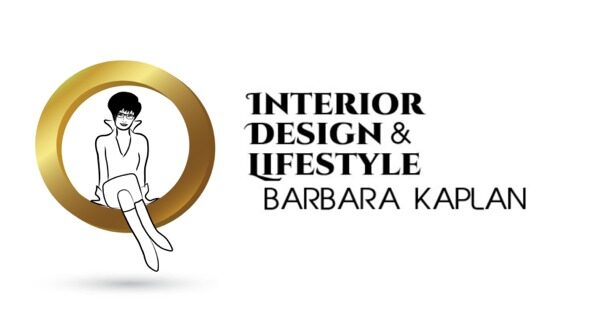 The single most important characteristic people tell me they want in their home is comfort, and I believe you don’t have to sacrifice comfort for the look you want. Good design is comforting but everyone has a different definition of what comfort means to them. What is warm and comfortable for you may look very different from your neighbor’s space.
The single most important characteristic people tell me they want in their home is comfort, and I believe you don’t have to sacrifice comfort for the look you want. Good design is comforting but everyone has a different definition of what comfort means to them. What is warm and comfortable for you may look very different from your neighbor’s space.
Many people choose a traditional style because they think it looks more comfortable and feels more inviting. This could be because of the softer, rounded lines of country styles and the warm texture of woods and soft fabrics. I’ve found that contemporary furniture can be comfortable too even though the materials may be harder and sleek and the fabrics plain and smooth. You can find pieces that suit your space visually as well as give you the physical comfort you need.
Some rooms require more comfort than others. A bedroom, which is meant for tranquility, especially requires a feel of comfort. A family room, where you relax and have casual entertainment, is different from a living room, where you tend to be more formal and sit up straight in a chair which is more conducive to lively conversation.
Fabric selection makes a difference. Some fabrics feel softer and look more inviting. By using these types of fabrics on seating, you feel the touch of softness under your legs and hands. Draperies also add to this feeling when the fabric itself is thicker or heavier. Using an upholstery weight fabric for draperies instead of lighter fabrics have the design element of coziness and luxury. You can add to this look by making the drapery fuller and long enough to puddle on the floor. This also enhances warmth to the walls, the floor and the entire ambiance of the room.
Choosing warm colors in environments can change the atmosphere of a room. Dark colors tend to calm and add warmth, while bright colors add warmth and excitement to walls. These background choices of colors influence the other colors you choose for the room. Contrasting colors add interest and shades of the same color are used for continuity and drama. The mood you choose depends on the feeling you want to accomplish.
Another favorite way to add comfort is using the right lighting. Lamps on tables that are placed for ease of use create a setting that you never want to leave. Ceiling lighting can highlight floor areas. Creating shadows in rooms spotlight the important areas and creates interest and intimacy. Kitchens can be warmed wonderfully with lighting by emphasizing the work areas and leaving the center of the floors in shadow. Since kitchens have little fabric, furniture or walls for added color and have so much hard surfaces, lighting becomes a critical design consideration both aesthetically and functionally.
Sometimes we enter a room and don’t know where to sit or we become uncomfortable physically in a chair after a short time and want to shift our body or get up. Emotional comfort, on the other hand, is the sensation you get when you walk into a room and want to sit down and not leave. That is the true test of inviting and comfortable design.
What about the discomfort when sitting at a table that is too high for you to eat or being unable to cross your legs because the apron is too wide or you keep kicking the pedestal? When you are constantly reminded by the furniture you are using that it is in your way or not serving your needs, this is bad design. Look for the right comfort elements when buying furniture so you are not disappointed when it arrives in your home.
Good design works and is comfortable. Human beings are meant to be comfortable so we can be happy and function with ease, reduce stress and be more productive. Then we can appreciate the beauty around us. Mr. Marriott, of the hotel chain, has as one of his slogans, “When you are comfortable, you can do anything.” Look for comfort when designing your home, and remember, “If it feels right, it is right. “
Rooms have no feelings, YOU do!
